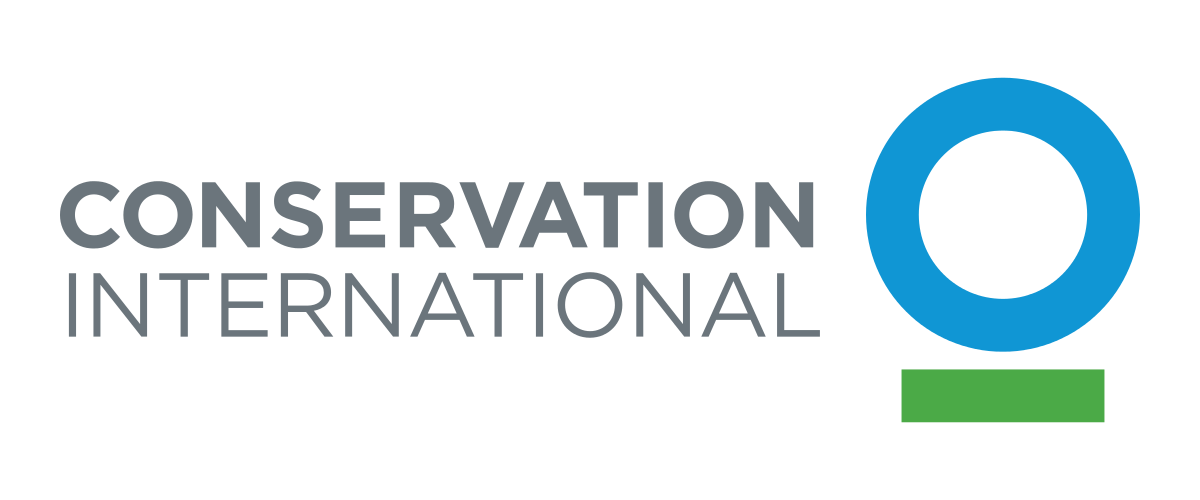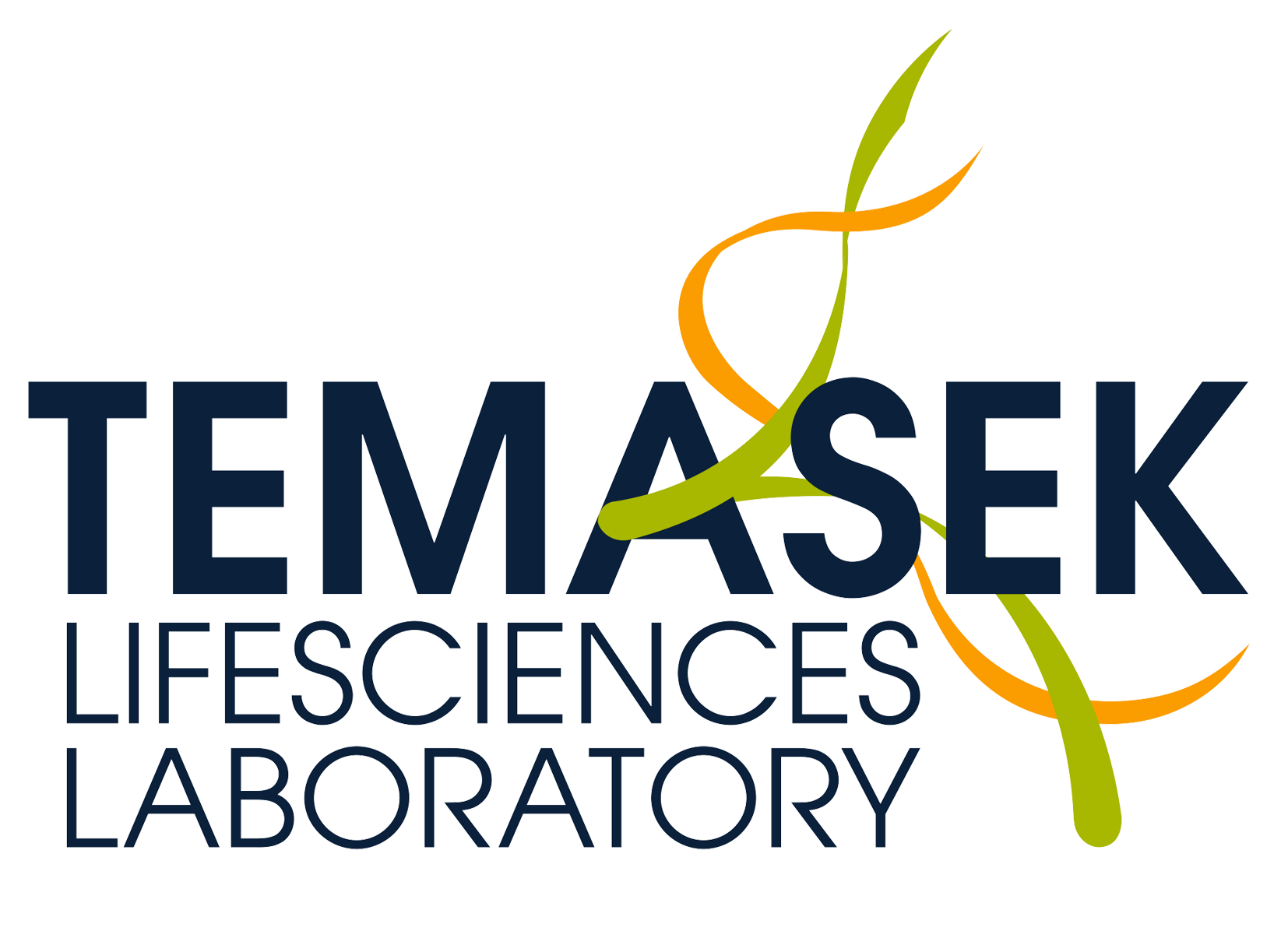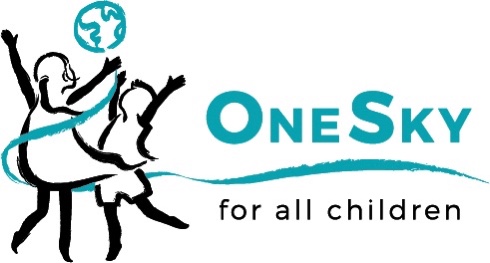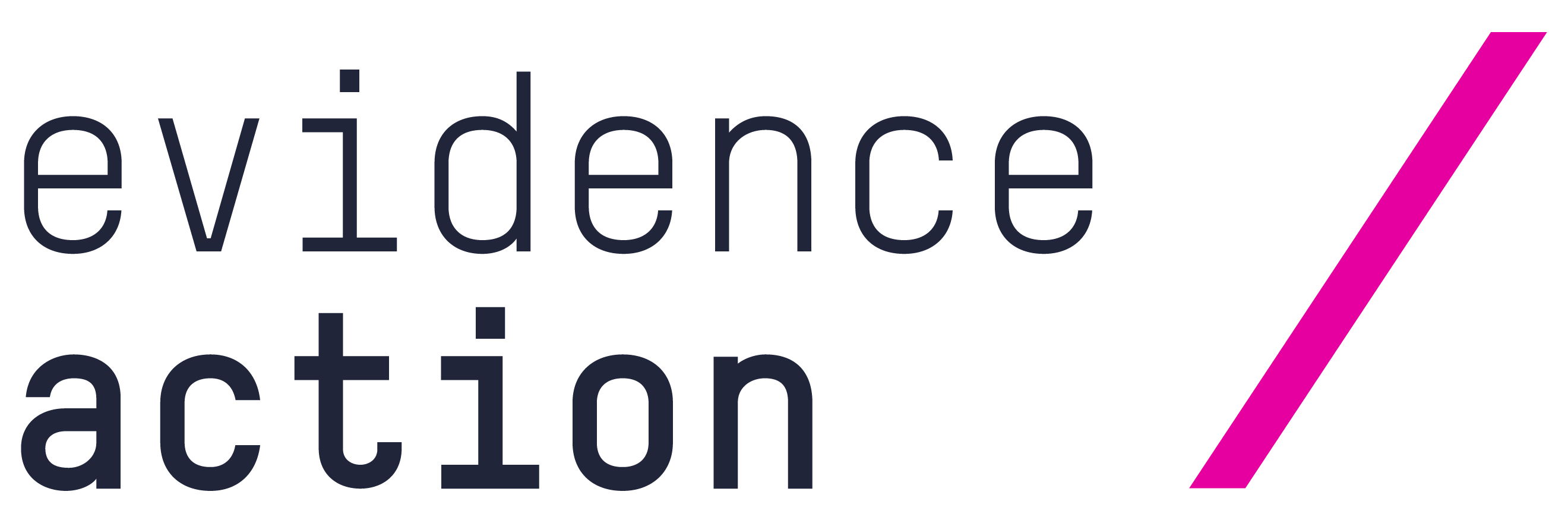
Climate change is a formidable force reshaping our world daily. To secure survival for future generations, we must act now to limit global temperature rise to 1.5°C. This demands greenhouse gas emissions peak by 2025, and a global transition to net zero by 2050 – without which, excessive heat and energy will warm the ocean, causing devastating cascading effects on marine biodiversity, and the lives and livelihoods of coastal communities and beyond. The ocean holds the key to this transformation, providing 21% of the reduction in annual greenhouse gas emissions needed by 2050, and protecting and restoring marine ecosystems to secure a positive future for coastal communities
By 2050, we envision Southeast Asia successfully achieving net zero emissions, starting with Indonesia—a nation vital for its 17% of global blue carbon (mangrove, salt marsh and seagrass) ecosystems and strong maritime culture. With this goal in mind, we launched the Southeast Asia Framework for Ocean Action in Mitigation (SEAFOAM) to pioneer the inclusion of the ocean in Indonesia's climate mitigation plans, setting a benchmark for other countries to follow. First, we will demonstrate options for ocean-based decarbonisation and create an action plan in line with the country’s climate commitments as outlined in its Nationally Determined Contributions (NDC). Next, we serve as a connective tissue between government and ground actors, translating context-based research and knowledge into policy change, while building capacity in blue carbon. Finally, we will develop an implementation framework to support Indonesia to unlock the climate mitigation potential of its ocean, driven by the latest research and technological innovations.
This transition demands unwavering speed and collaboration. Together, we can harness the ocean's potential for a sustainable blue economy and drastically reduce emissions. Our ambition is not a distant hope— it is the promise to safeguard our planet and secure a flourishing tomorrow for all.

With the urgent climate crisis we face, the need to protect and sustainably manage our oceans has never been greater. Oceans are the most important ecosystem on the planet, absorbing 90% of the heat from climate change, and 30% of the carbon from human activity. In Asia-Pacific countries like Indonesia and Fiji, where there is more water than land, climate change results in rapid ocean warming, sea level rise and ocean acidification, which threatens marine life and the livelihoods of over 19 million people.
Conservation International (CI) believes that ocean conservation is key to sustaining life on earth. For the past several decades, the most effective interventions in ocean conservation have been: (1) marine protected areas (“protection”) and (2) improvements to production practices that limit environmental impacts in key blue economy sectors such as fisheries, aquaculture and tourism (“production”). Both interventions enable oceans to weather the impacts of climate change and help to sustain the vital marine resources that communities rely on.
As the impacts of climate change further intensify, governments and key stakeholders need viable approaches to bring together the “twin pillars” of ocean conservation: protection and production. We need to ensure that the economic benefits from production are re-invested in marine protection. Protected areas allow marine resources to regenerate and grow, in turn supporting better yields in commercial production. This is the virtuous cycle we need to establish
CI’s flagship initiatives in Indonesia (Blue Halo S Initiative) and Fiji (Lau Seascape Initiative) represent key pilots in creating the virtuous loop that will reduce climate impacts on ocean ecosystems, by implementing marine protection with improved practices in fisheries management. Through science, policy, and finance, these initiatives will ensure that we can create pathways for countries and communities to invest in ocean protection through sustainable production.

The escalating impacts of climate change, characterised by rising temperatures and extreme weather conditions, pose a dire threat to global food security. This vulnerability is acutely evident in rice, as the industry not only is susceptible to climate shifts but also significantly contributes to this global challenge by emitting methane, a potent greenhouse gas (GHG). The rice industry faces the challenge of soaring prices and risks of production shortages, driven by weather fluctuations. At the same time, rice cultivation accounts for 10% of global methane emissions, further aggravating climate change.
Temasek Life Sciences Laboratory (TLL) is harnessing its two decades of science and agrobiology expertise to pioneer a holistic nature-based strategy to reduce methane emissions and increase yield in rice cultivation. This strategy takes an integrated and adaptable approach, designed to harmonise with diverse geographical contexts and local rice farming practices. This strategy seeks to mitigate methane emissions and increase yields in rice cultivation through the combination of the selection and adaptation of climate-resilient varieties, customised bio-based fertigation solutions, and resource-efficient irrigation methods to collectively reduce methane emissions and increase yields in rice.
Overall, TLL aims to achieve 5% higher yields and at least a 20% reduction in methane emissions from rice cultivation. Concurrently, this strategy envisions enhancing farmer livelihoods via supplementary income from dry season harvests and carbon credits. To materialise this vision and facilitate large-scale implementation, philanthropic funding is needed to support its regional field trials in Indonesia, Laos, and India, representing an expansion of its ongoing “Methods to Decarbonise Rice” initiative presently underway via small-scale test-bedding in Singapore and India.
Successful adoption of TLL strategy, protocols, and high-yielding rice varieties by farmers in these regions, enabled by philanthropic funding, will further kindle a global momentum towards decarbonising rice cultivation.

In Southeast Asia, an estimated 31 million children under the age of six are at risk of not reaching their full potential due to lack of quality early care and education.
In Vietnam alone, over 400,000 young children of low-income factory workers spend up to 14 hours a day in independent childcare operated by providers who are well-meaning but lack the training, resources and support needed to provide safe care and stimulating learning opportunities.
OneSky has developed a programme to improve the quality of care in these low resourced communities and provide learning opportunities for children during their early years, a formative period when young minds create over a million new neural connections per second. Improving independent childcare provider knowledge and ensuring safe and nurturing learning environments for the young children of factory workers will level the playing field for these children, laying a pathway for their future learning so they have a chance to enter public primary school on par with children from more resourced communities.
With 25 years of expertise in training caregivers and early education providers in Asia, including pioneering a training programme in China that helped tens of thousands of once struggling children in orphanages and rural villages thrive and adopted by public policy, we are in a unique position to improve childcare provision in Vietnam.
Over the next five years, we will partner with Vietnam's Ministry of Education and Training (MOET) to pilot a Training of Trainers (TOT) approach to create safe, nurturing, and educational childcare benefitting 100,000 young children of low-income factory workers in 14 provinces. Once the pilot is proven in these provinces and public funding is secured, MOET intends to scale the programme to the remainder of the country, benefitting all children in independent childcare. OneSky will then prepare the model for adaption and expansion to at least two other countries in Asia, providing a regionally developed solution to the childcare crisis.

In India, girls aged 15 and over who have dropped out of school before completing their 10th grade are at a permanent risk of never completing their secondary education. Secondary schooling is a very crucial stage for them, but they grow older with a paucity of local educational and economic opportunities which permanently limit their potential for advancement and independence. Barriers stemming from patriarchy, poverty, and policy gaps, such as not having access to a proximate upper primary or secondary school, early marriage and motherhood, academic setbacks, and migration, have been exacerbated over the last few years by the pandemic.
In a country with about 120 million women aged 15-29, over 50% have not completed secondary education, more than 90% are not formally or informally skilled, and a staggering 82 million young women are Not in Education, Employment, or Training (NEET). Educate Girls has been enabling girls aged between 5 to 14 years to have equal opportunities for accessing quality education in India’s rural and educationally backward areas since 2007 in alignment with India’s Right to Education Act. In 2021, we launched a ‘second chance’ programme called Pragati to enable adolescent girls and women aged 15-29 from low-income households to have agency over their decisions through a pathway of 10th grade credentialling, skilling, and livelihood opportunities for economic advancement.
In India, a 10th grade credential is critical for entry-level jobs, formal loans, vocational training, and other life chances. Educate Girls is empowering India's forgotten potential and unlocking futures, one girl at a time. Our goal is to enable 10th Grade credentialling for 10 million in 10 years, and our strategy is to optimise the government's open schooling system and catalyse a network of mission-aligned civil society organisations to deliver Pragati at scale. Over the next 2 years we aim to work with 95,000 adolescent girls and young women in some of the hardest to reach geographies to enable their social and financial inclusion through a pathway of education


60 million Filipinos experience healthcare poverty. Millions live a considerable distance from the nearest clinic, lack sufficient health literacy, and cannot afford the cost of healthcare. This is common in rural areas but also present in urban slums. The health centres in local barangays (the smallest unit of government in the Philippines) struggle with a lack of resources ranging from shortages of doctors and nurses to inadequate supply of equipment and medicines.
To improve the quality of basic healthcare as well as make it more accessible and affordable, the Philippine Government rolled out Universal Health Care (UHC) in 2019. UHC provides additional funding for the Barangay Health Centres, managed by the Local Government Unit (LGU) to implement: 1) telehealth to overcome the shortage of doctors 2) electronic medical records (EMR) to provide up-to-date health information 3) higher subsidies for poor patients and 4) purchase more medicines and supplies. Carespan Asia’s digital health platform is one of few approved for UHC by PhilHealth (owned by Department of Health). However, UHC funding is conditional. The LGU must successfully enrol a citizen before making a claim. To do so, LGUs need upfront capital and expertise to outreach to citizens and to implement the required digital health platforms. Funding is required for a period of time to reach economies of scale – when sufficient citizens are onboarded to reach financial sustainability.
The proposed pilot programme introduces a new model which brings together multiple stakeholders in a PPP (Public-Private-Philanthropic) partnership to drive change and onboard 700,000 underserved Filipinos to UHC. Led by Carespan Asia, and supported by Temasek Foundation, the partnership will include Gawad Kalinga Community Development Foundation (GK) to enhance outreach and education to underserved Filipinos. Carespan Asia, a social enterprise based in the Philippines, will implement telehealth and EMR, paid for by LGUs through reimbursements from PhilHealth. Using blended finance, funders provide a recoverable grant which will be repaid once the project is financially sustainable.

While COVID has led to 7 million global deaths, more common infectious diseases contribute almost double that number on an annual basis. Conditions such as tuberculosis, drug-resistant bacteria, respiratory viruses, and dengue are neglected silent killers. Many of these deaths are preventable through enhanced detection and control efforts. Recent advances in genomic sequencing, deployed at-scale during COVID, have transformed early disease detection. Genomics is also a critical driver of new tool development including diagnostics, therapeutics and vaccines. Scaling innovations in genomics can save lives, particularly in high-risk low-resource settings, through improved control and elimination of a wide range of infectious diseases.
The Asia Pathogen Genomics Initiative (Asia PGI) was established in 2021 to leverage scientific and technical partnerships in Singapore and across Asia with the aim of accelerating the application of genomic sequencing across 14 low-resource countries. During 2022-2023, Asia PGI facilitated a national assessment of current capacities, priorities and gaps. Findings show that while all countries have newly established capacity for conducting genomics for infectious disease control, levels of infrastructure and capacity remain too slow to support rapid action.
Asia PGI’s efforts will now focus on strengthening in-country genomics capacity with the aim of detecting priority infections within their 1st week of presenting to health systems. Workstreams include 1) Partnerships: To optimise coordination between national, regional and global partners to accelerate shared learning; (2) Capacity development: To equip countries with technical skills in laboratory, bioinformatics and data-for-decision; (3) Enabling environment: To support national planning, cost-efficient system-design, and respond to emerging supply chain, regulatory and legal challenges; and (4) Monitoring & Research: To track progress, foster innovation and respond to emerging priorities.

A world with universal access to safe water should not be an audacious idea – but it is. Millions of people have no choice but to drink contaminated water day after day, resulting in severe illness and preventable deaths, especially among young children.
Evidence Action is seeking to change this, working in partnership with the Government of India to rapidly and dramatically expand access to safe, high-quality drinking water. We will leverage the government’s groundbreaking US$44 billion infrastructure investment to bring tap water to every rural household in India, and marry it with locally manufactured technologies that make water safe to drink through chlorination. By doing so, we can transform safe water access across India – saving lives as a result.
We will draw on our decade of experience providing safe water to millions of people in Africa, and our proven track record helping the national and state governments in India reach hundreds of millions of children with deworming treatments. Our unique technical assistance approach – combining evidence, iteration, and a laser focus on cost-effective impact – will build local and state governments’ capacity to deliver safe water sustainably at scale, while shaping national policies and investments so that safe water becomes not a choice, but an expectation.
We must act quickly – lives are at stake every day. Join us to invest in a future with safe water for all.
